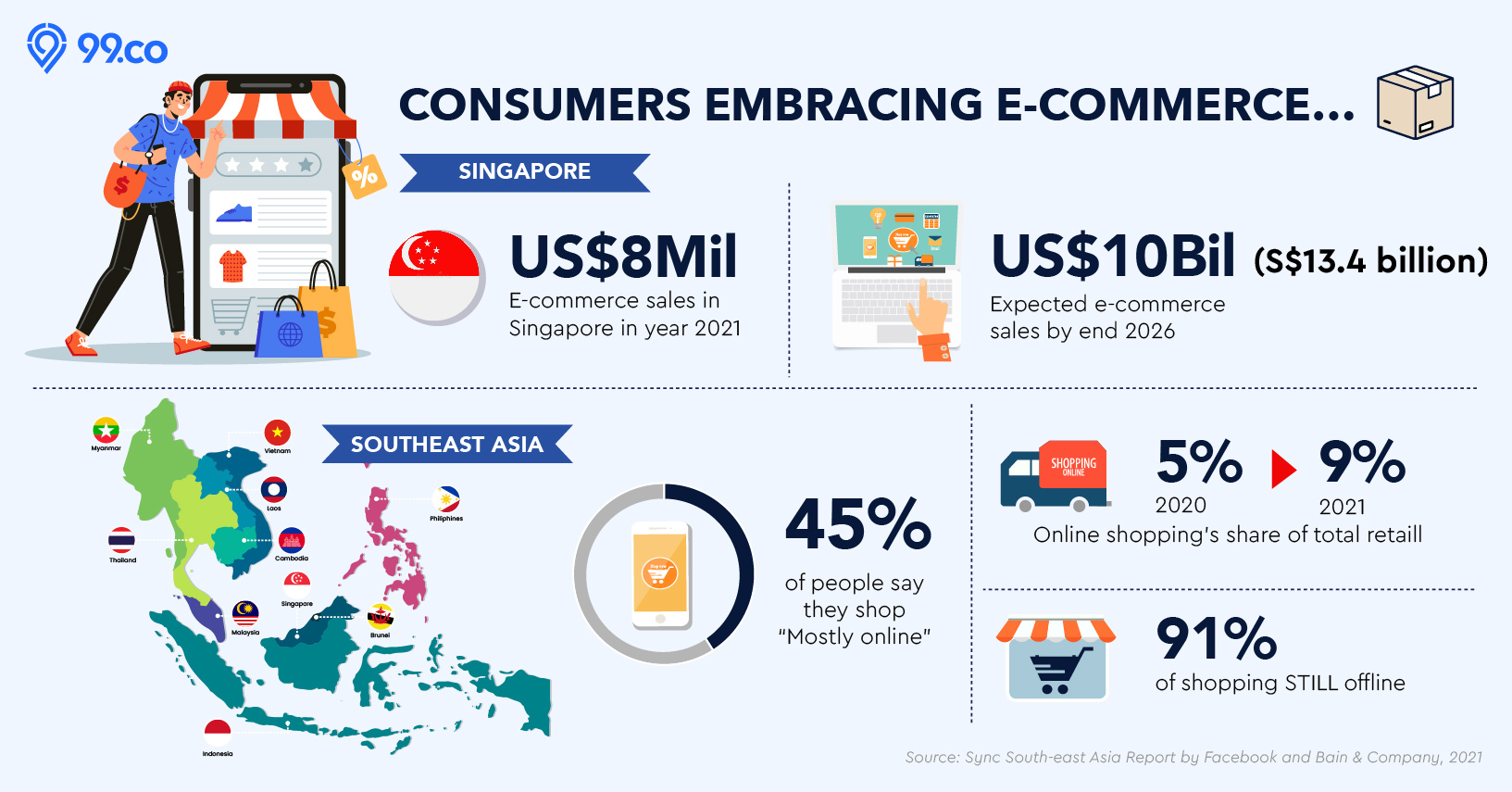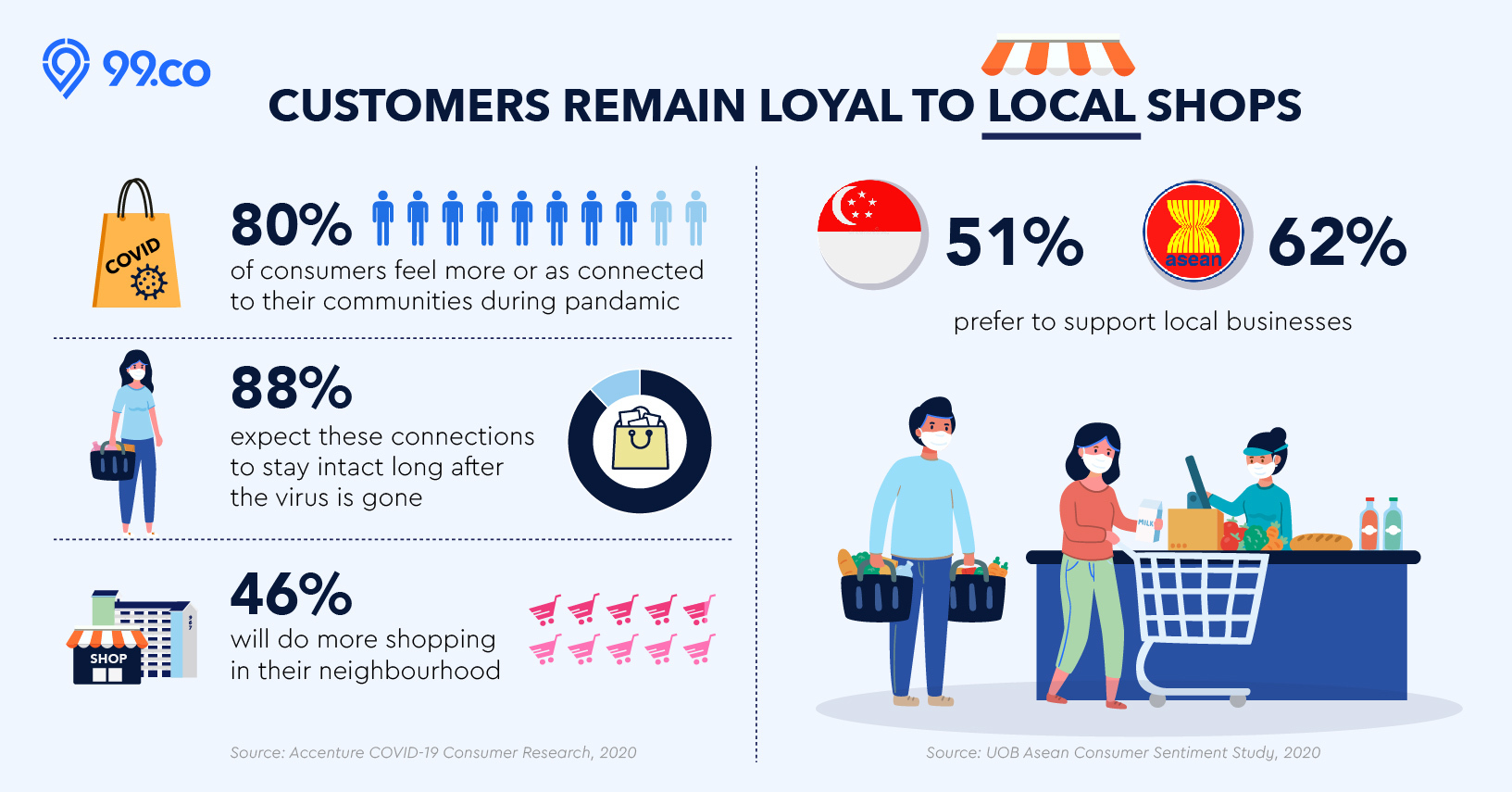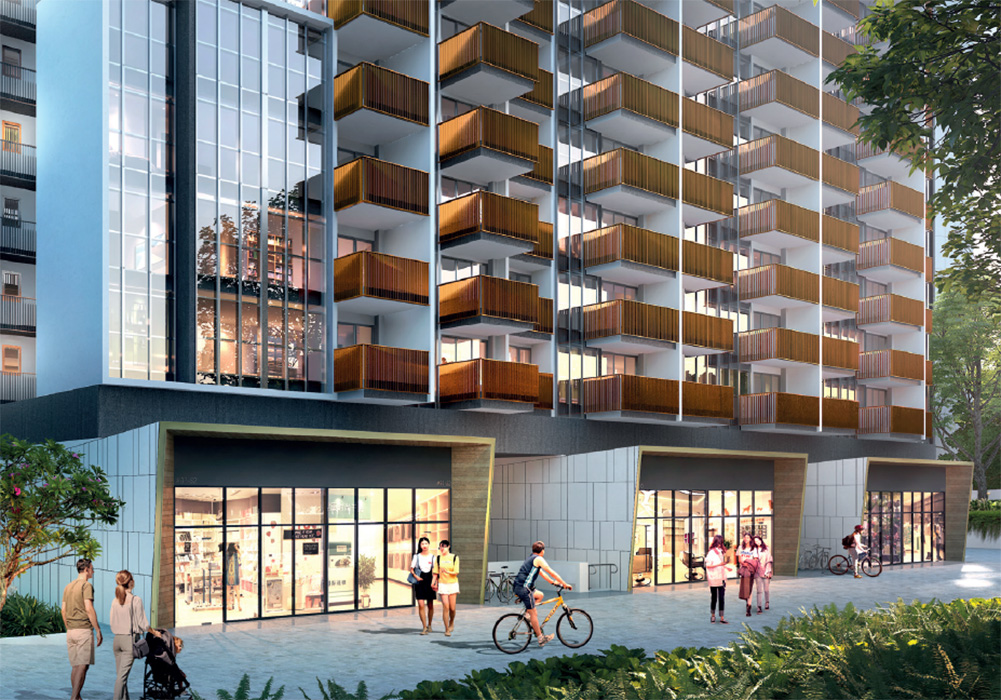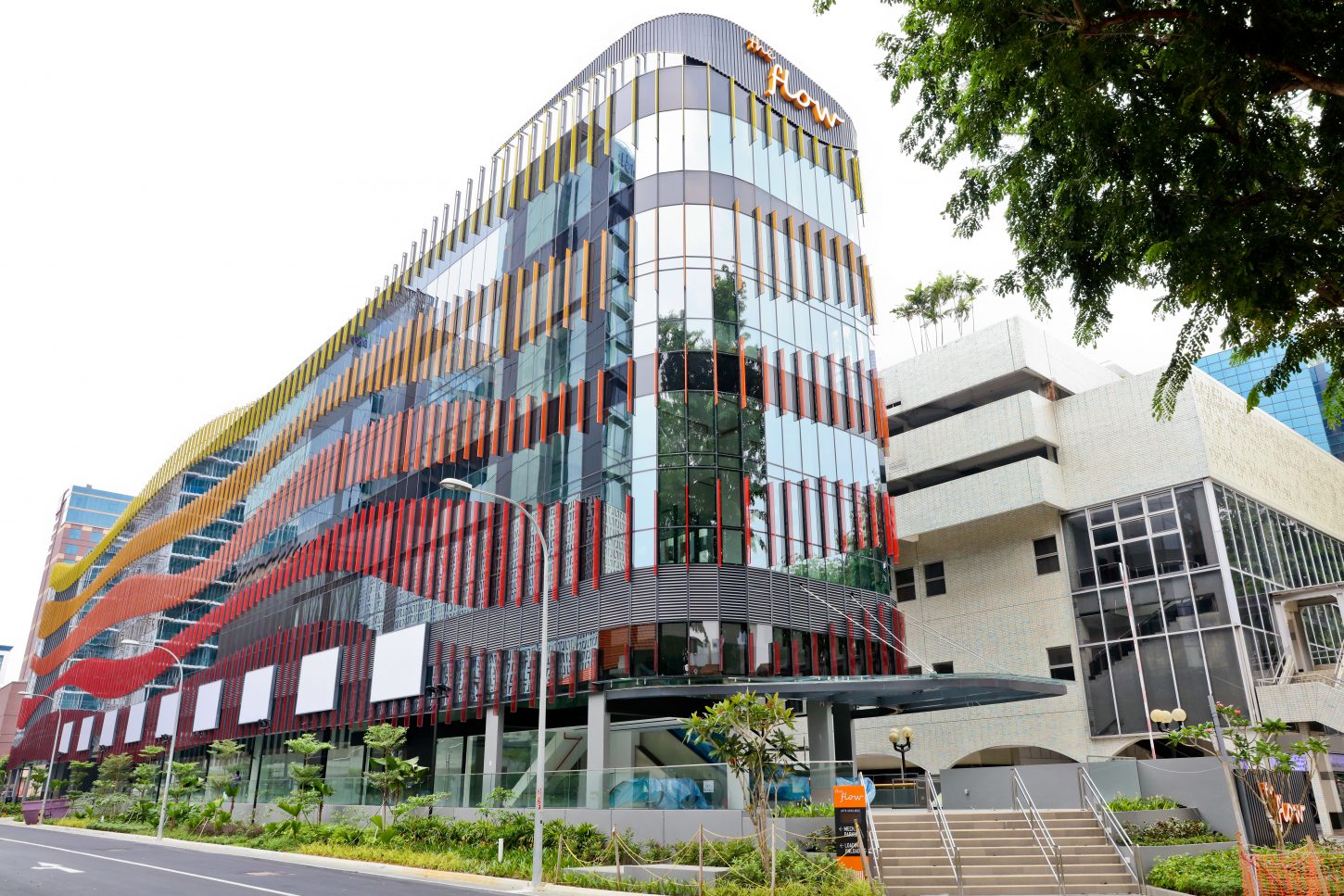Ecommerce may have risen in popularity during the pandemic, but the fact remains that in Southeast Asia, 91% of all shopping still happens in the real world. And when they do go shopping, more and more shoppers are looking locally to have their needs met. This is especially true when it comes to services such as hair styling and beauty treatments, which generally can’t be ordered online.
“I got out of the habit of going into Orchard Road or the city during the pandemic,” says Cheryl, a 31-year-old financial advisor from the East Coast. “Now, I don’t see the need to return. I can get most of what I need by ecommerce, and anything else, I find in my own neighbourhood. For instance, I get my hair cut at a salon nearby where I stay and if I have to pick up something urgently, like coffee, there’s my local mini-mart or café.”

This approach is becoming common, as life returns to normal. Partly it comes down to convenience. But there’s more to it than that. As a result of their experience with the pandemic, the vast majority of consumers say they feel more connected to their communities and expect these connections to stay intact long after the virus is gone. Going forward, nearly half say they will now do more shopping in neighbourhood stores close to home and generally prefer to support local businesses.
The localisation phenomenon presents a huge opportunity for businesses in commercial units integrated into condominium developments and for malls in residential areas — situated just moments from consumers’ homes. And with the pricing of retail property never more attractive, it offers investors the chance to acquire precisely the sort of premises that will continue to appeal to consumers, no matter how prevalent ecommerce becomes.

Today, nearly half of the people in Southeast Asia say they now shop “mostly online” — up from a third last year. Singaporeans spent US$8 billion shopping online in 2021, and when we were stuck at home during the worst days of the pandemic, food delivery services reported that orders jumped by half.
About 85% of internet users currently shop on their smartphones — a number that will only increase as ecommerce becomes easier to use. The amount of money they spend online will rise, too. Across Southeast Asia, online spending is expected to grow 60% per shopper this year.
Over the past 18 months, even people who weren’t previously in the habit of shopping online have become used to the convenience of having their day-to-day needs catered for via delivery. They’ve discovered the selection of products sold online and equally, learnt that there can be savings of time and money to be made. Click-and-collect is also becoming more popular, with an order — for anything from bubble tea to a flat screen TV — placed online and the goods collected by the customer. (Ideally, from a shop near their home.)

Nevertheless, as we all know, buying online does have its disadvantages. There can be days or even weeks of waiting for the product to be delivered. And it is almost exclusively products that we order via ecommerce. Services, like manicures, pet grooming, dry cleaning, tutoring or personal training, must be provided in person. Increasingly, consumers are seeking to have needs such as these met by service providers situated right on their doorstep.
Several of Oxley’s recent developments feature integrated commercial units, conveniently located within minutes of consumers’ homes. These units present an amazing opportunity for buyers to invest in property that provides an excellent rental return and sound long-term ROI. Tenants, meanwhile, will enjoy the advantages of being visible and close-by to thousands of prospective customers.
New Oxley developments 1953, Riverfront Residences and The Flow Mall all enjoy a 500m catchment area of around 5,000 homes, with many more soon to be completed. Commercial units located here are approved for use under categories including minimarts and convenience stores, hairdressers, fashion and tailoring shops, pet supply, florists and launderettes — all in-demand businesses amongst local consumers looking to meet their needs within easy reach.

Positioned just minutes from the soon-to-open Hougang MRT interchange, Riverfront Residences features 1,472 units, 99% of which have been sold. Retail here is perfectly placed to cater to residents of the condominium and its surrounds. Meanwhile, heritage-rich mixed-use development 1953 on the city fringe near Farrer Park MRT, will soon sit within easy reach of more than 7,000 households, plus two-dozen schools, hotels, hospitals, and places of worship. Similarly, retail units at The Flow Mall, near Marine Parade MRT, enjoy close proximity to thousands of residences.
Consumers will continue to seek the convenience they’ve come to expect during their homebound lives of the past 18 months. Simultaneously, as they return to once again freely exploring their neighbourhoods, they will increasingly turn to their local stores. For store tenants and their landlords, retail properties of the type found at The Flow Mall, 1953 and Riverfront Residences present a fantastic chance to profit from catering to the affluent residents occupying these developments.
Visit the Oxley Holdings website to learn more. For enquiries, please call: SK Lim, PropNex Realty Pte Ltd. 9451 4048; Denis Chee, ERA Realty Network Pte Ltd. 9438 5701; Evelyn Yew, OrangeTee & Tie Pte Ltd. 9184 8432; Freddy Lui, Huttons Asia Pte Ltd. 8333 3354; Shawn Wong, SRI Pte Ltd. 8218 8884 .
The post Shop Opportunities as Consumers ‘Think Local’ appeared first on 99.co.

